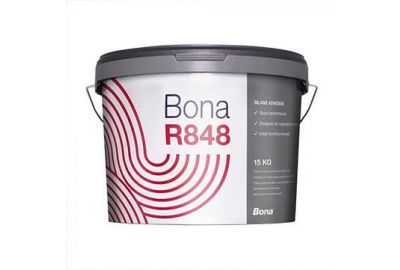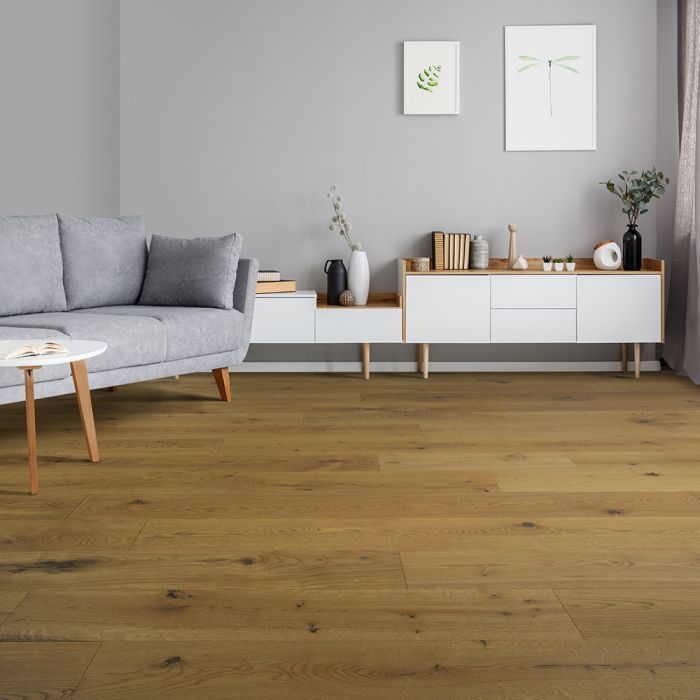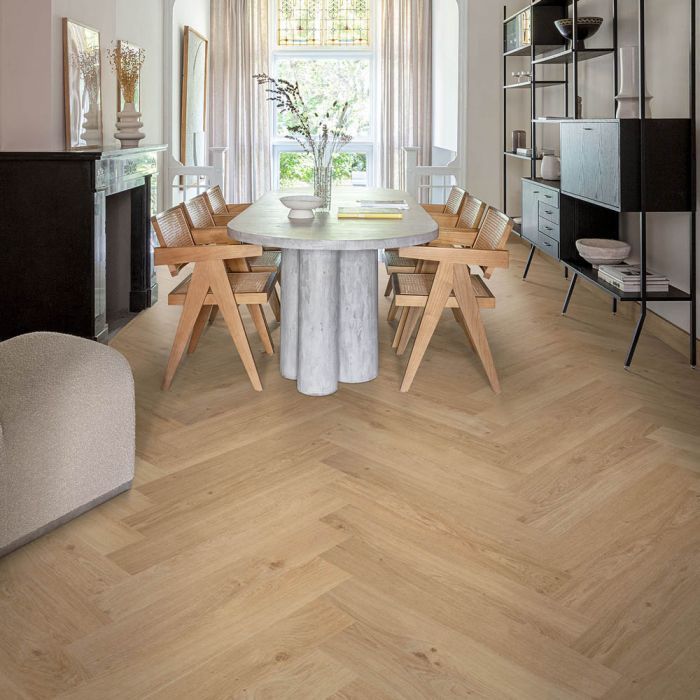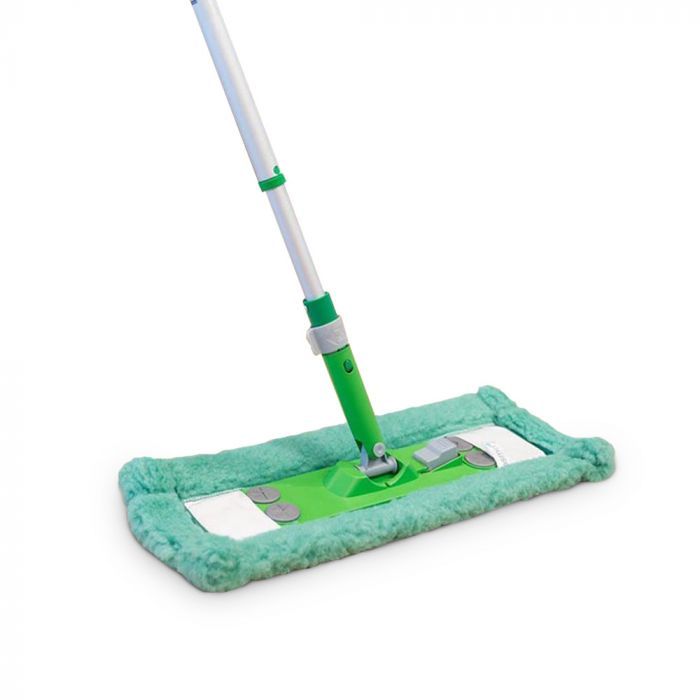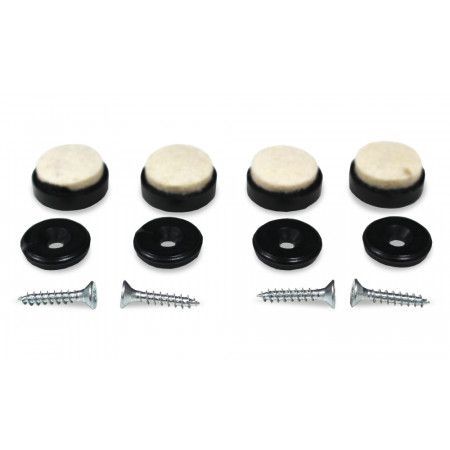Either solid wood flooring or engineered wood flooring can be installed onto a chipboard subfloor. Solid wood flooring must be glued down directly onto the chipboard, and engineered wood flooring can either be glued down or floated over an underlay. Before installing any hardwood flooring onto chipboard, ensure that the subfloor is flat, level and dry.
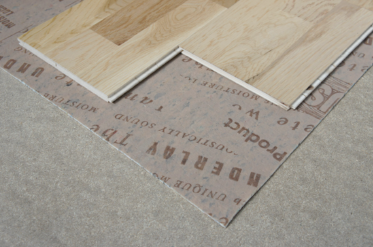
Ensuring the chipboard is flat, level and dry
The chipboard subfloor should be flat and level before any hardwood flooring is fitted. This can be tested using either a straight edge or spirit level. If the subfloor is not flat and level, it can be lined up with plywood (at least 8mm thick). If engineered wood flooring is being installed, fibre boards can also be used to even out small undulations in the subfloor. Do not use underlay to level a subfloor. Use a moisture meter to ensure the chipboard subfloor is dry. The moisture content should be 16% MC (Moisture Content) or below before installing a hardwood floor.
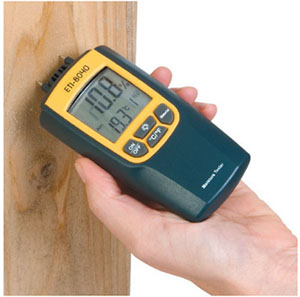
Installing hardwood flooring onto chipboard
Solid wood flooring must be glued directly down to the chipboard, using a flexible flooring adhesive.
Engineered wood flooring can be floated (or loose laid) over and underlay, without fixing it down. The planks would be glued or clicked together. Engineered wood flooring can also be glued directly onto the chipboard, using a flexible flooring adhesive, if required.
Secret screwing or secret nailing should not be used with a chipboard subfloor. The screws or nails could break the chipboard and the hardwood flooring would not have a secure material to hold on to. This would mean that the hardwood flooring would not be securely fixed in place.

